Syrian dictator Bashar Al Assad looks set to launch a new, all-out offensive into the country’s largely rebel-held Idlib governorate with the help of Russia and Iran. The campaign could officially begin any day now and comes amid, American threats to respond to any Syrian regime use of chemical weapons, a major Russian military build-up, the possibility of a Turkish intervention into the region, and Israeli air strikes against Iranian-supports forces fighting on behalf of the government in Damascus. Given that the situation is so complicated, we’ve taken the time to lay out all the latest news and military movements to give you a snapshot of what is happening and what is likely to come.
A flurry of activity occurred just on Sept. 4, 2018, after Russia launched air strikes against targets in Idlib city, the capital of the governorate of the same name, and other areas Syrian rebels control in the region, according to the independent U.K.-based monitoring group the Syrian Observatory for Human Rights. The Kremlin had suspended these operations for more than three weeks and these new sorties are a likely prelude to Syrian dictator Bashar Al Assad’s all-out offensive into the region. Syrian government forces and pro-Assad militias had and continue to conduct their own aerial and artillery bombardments against rebel positions.
U.S. policy confusion
“The United States is closely monitoring the situation in Idlib province, Syria, where millions of innocent civilians are under threat of an imminent Assad regime attack, backed by Russia and Iran,” the White House said in a statement on Sept. 4, 2018. “Let us be clear, it remains our firm stance that if President Bashar Al Assad chooses to again use chemical weapons, the United States and its Allies will respond swiftly and appropriately.”
The Trump Administration has conducted two separate sets of cruise missile strikes against targets in Syria, one in April 2017 and another one in April 2018, both of which were in response to the particularly egregious Syrian government chemical weapon attacks. The United Kingdom and France also took part in the 2018 operation.
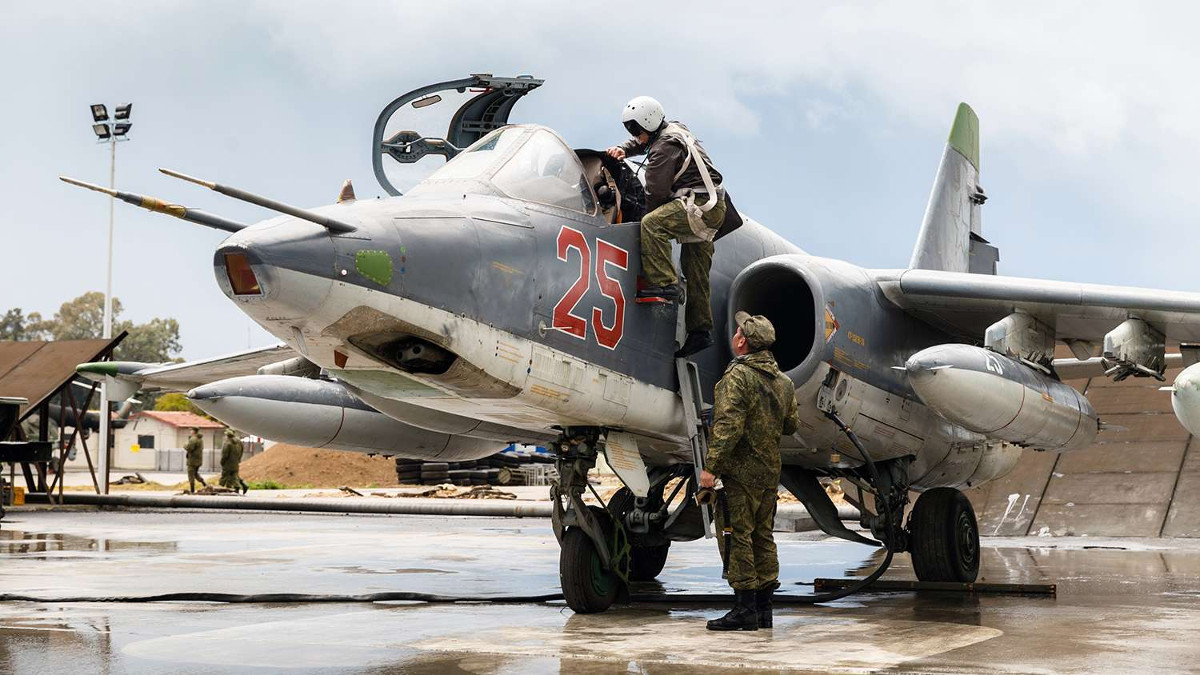
The White House statement appeared to be a walk-back of a seemingly broader threat from Trump on Twitter the day before that indicated the United States could act in response to any sort of “reckless attack” that produces a larger humanitarian disaster in Idlib. This is an outcome that seems almost assured considering the Syria regime’s pre-existing propensity to indiscriminately attack populated centers and destroy civilian infrastructure, such as hospitals, that could at all be useful to rebels. Many experts and observers believe Assad’s up-coming Russian- and Iranian-backed campaign in the region will be especially brutal looks to fully reassert his control over the western portion of his country.
U.S. Ambassador to the United Nations Nikki Haley reiterated that chemical weapons were the “red line” for U.S. action in her own press conference on Sept. 4, 2018, but seemed to make clear that the United States would not act in response to other atrocities. U.S. Marine Corps General Joseph Dunford, Chairman of the Joint Chiefs of Staff, made similar comments that day, issuing a broad warning about the potential impacts on civilians and calling on Assad to do more to mitigate collateral damage – comments that in many ways seemed to suggest the United States might be moving closer to fully accepting that the Syrian dictator will remain in power for the foreseeable future.
“If major military operations take place we can expect humanitarian catastrophe and I think we would all want to see that be avoided,” Dunford told reporters while in Greece on an official visit. “I’m suggesting that counter-terrorism operations should take place in a manner that mitigates the risk of the loss of innocent life.”
However, a readout of a phone call between U.S. Secretary of State Mike Pompeo and Turkish Foreign Minister Mevlüt Çavuşoğlu later in the day suggested the United States was opposed to any Syrian government push into Idlib. Pompeo and Çavuşoğlu “agreed that any Assad regime military offensive into Idlib would be an unacceptable, reckless escalation of the conflict in Syria,” the State Department’s top spokesperson Heather Nauret said in a statement. It remains unclear exactly where U.S. policy lies on what increasingly appears to be an inevitable Syrian government offensive into the region.
Russian build-up
What is clear is that the Kremlin appears determined to be doing everything in its capacity to both support Assad and ward off any potential U.S.-led intervention into the situation in Idlib. Russia has major strategic interests in Syria, including its Khmeimim air base in western Syria and its Tartus naval outpost on the Mediterranean Sea. Rebels based in Idlib have attacked both sites
repeatedly, giving Russia additional reason to help the Syrian government retake the area.
We at The War Zone
have already detailed the wild, conspiratorial accusations the Russians have made against the United States and the United Kingdom both, accusing them, without evidence, of seeking to stage chemical weapon attacks as a pretext to strike at Assad. These unfounded allegations have continued and reflect a now typical Russian information operation that seeks to deflect and distract from its own activities in Syria, as well as those of Assad and simply muddy the waters as to the true state of the situation in contested areas, such as Idlib. We saw a similar escalation in rhetoric and accusations in the lead up to the U.S.-led cruise missile barrage in April 2018.
What is different this time around is that the Russians have deployed a massive amount of military aircraft and warships into and around the eastern Mediterranean. Though the Kremlin’s official reasoning for this is that it is simply carrying out a training exercise, the entire maneuver looks well suited to provide support to the Syrian regime and an obstacle to any U.S.-led strikes against Assad.
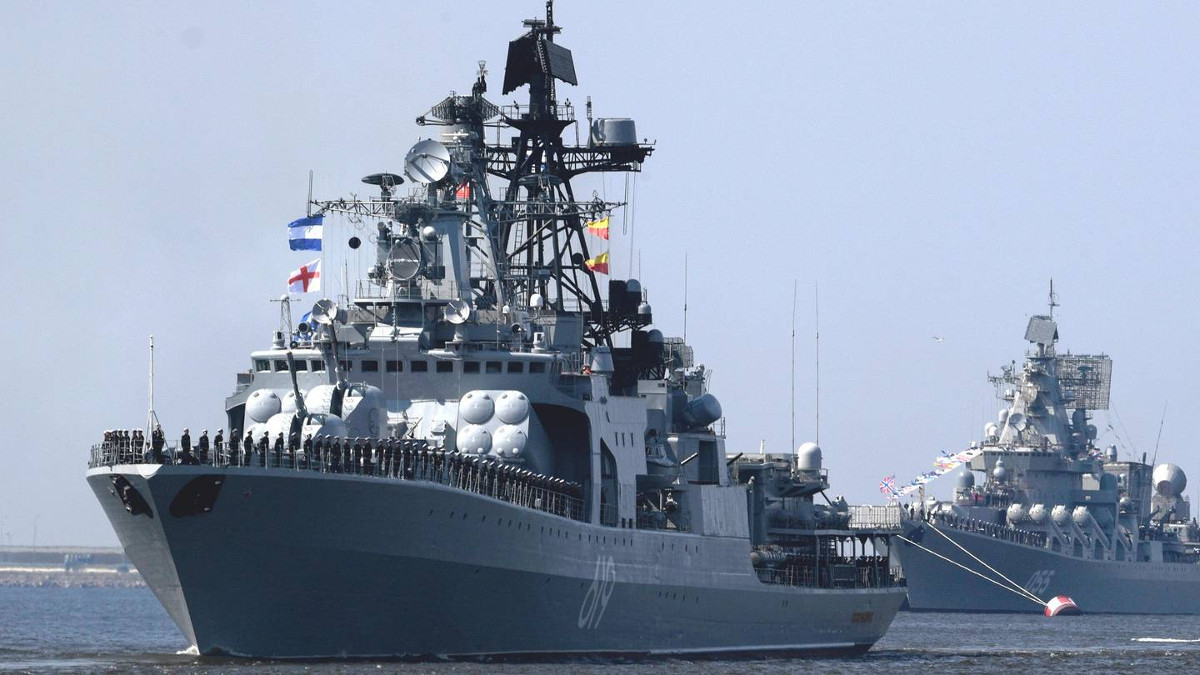
The “drills,” which started on Sept. 1 and are set to run through Sept. 8, 2018, will ultimately involve at least 25 ships and 30 combat aircraft. According to the Russian Ministry of Defense, these assets include, but are not limited to:
- The Slava-class guided missile cruiser Marshal Ustinov, which can carry up to 16 P-1000 Vulkan supersonic anti-ship cruise missiles and 64 long-range surface-to-air missiles across eight individual S-300F systems.
- Udaloy-class destroyer Severomorsk, with the Metel missile system, which can carry up to eight anti-submarine or anti-ship missiles, as well as 64 short-to-medium range 3K95 surface-to-air missiles.
- At least three Admiral Grigorovich-class frigates, each of which can carry up to eight Kalibr land-attack cruise missiles.
- At least two Kilo-class submarines, which can also fire Kalibrs.
- Tu-160 White Swan supersonic strategic bombers, also known as Blackjacks, which can carry Kh-101 air-launched land attack cruise missiles.
- Tu-142MK Bear and Il-38 May maritime patrol aircraft, which can carry various anti-submarine weapons.
- Russian Naval Aviation Su-30SM and Su-33 fighter jets, which could provide combat air patrols to defend the task force against any notional aerial attack or carry anti-ship cruise missiles to carry out their own maritime strikes.
Note that this list does not include any of Russia’s forces presently deployed in Syria proper, which include additional combat aircraft and helicopters, air defense systems, artillery, and other assets. It is not clear if any of those units will participate in the exercises in the Mediterranean.
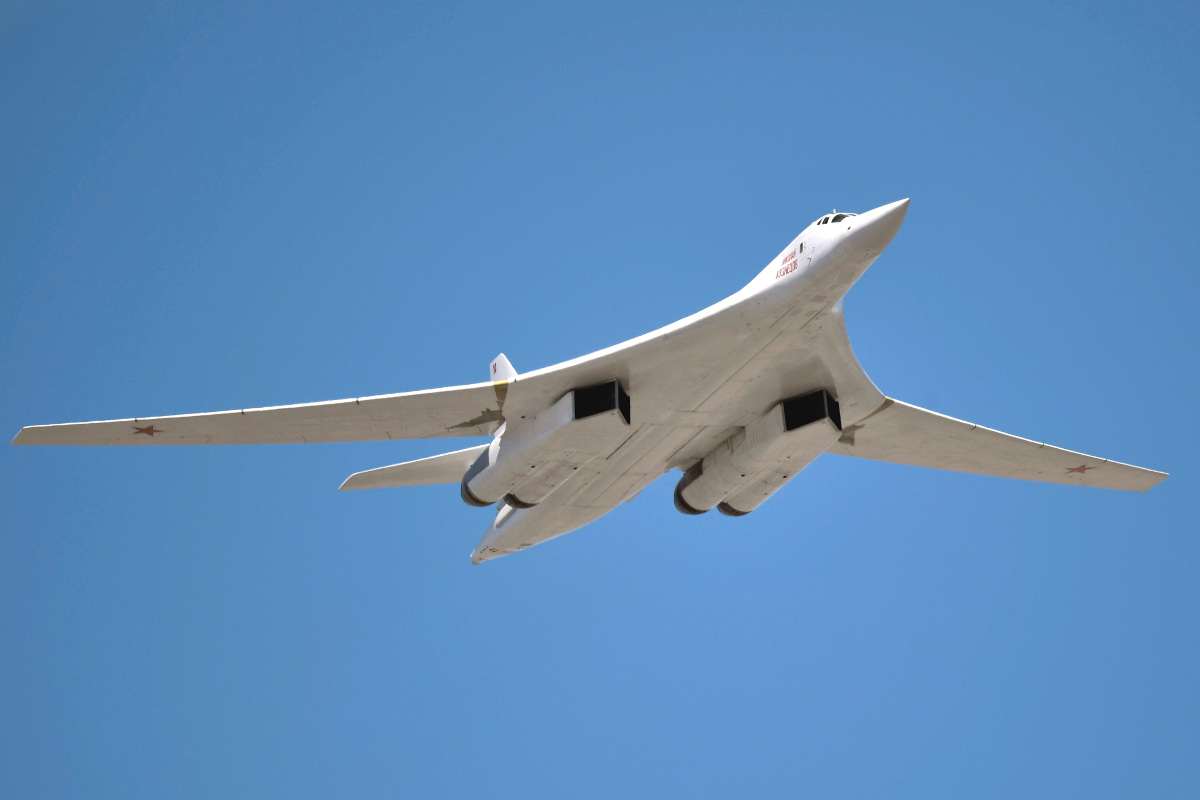
Little change in America’s force posture
It seems unlikely to be simply a coincidence that the Russian force is now operating in the same basic area of the Mediterranean where British and French aircraft, as well as French ships, launched their cruise missiles into Syria in April 2018. Fighter jets also orbited in this general portion of the Mediterranean to support that operation. In particular, a force of USAF F-16s and F-15s flying out of Aviano Air Base in Italy ran continuous combat air patrols over the Eastern Mediterranean during and after the 2018 strikes in a move to lock down the area and ward-off potential Russian reprisals. U.S. Navy Arleigh Burke-class destroyers, a Ticonderoga-class cruiser, and a Virginia-class submarine fired their Tomahawk land attack cruise missiles from the Mediterranean, as well as the Red Sea and the Persian Gulf.

The presence of the Russian ships and aircraft could serve as a physical impediment to American and other allied forces looking to get into position for new strikes and allow the Kremlin to potentially give Assad advance notice of such an impending operation. Even firing cruise missiles over Russia’s exercise area would involve serious risks, including the danger that Russian ships or aircraft might believe that they were the ones under attack and respond in kind.
The United States, or its allies, has not made any clear moves that it is sending additional ships to the Mediterranean outside of normal transit and routine deployments as of yet. On Aug. 27, 2018, the Arleigh Burke-class destroyer USS Carney
left the Black Sea for the Mediterranean. On Sept. 3, 2018, the Los Angeles-class attack submarine USS Newport News made a visit to Gibraltar. Both of those ships can carry Tomahawk land attack cruise missiles, but the U.S. Navy said both movements were pre-planned.
In June 2018, the aircraft carrier USS Harry S. Truman, along with the rest of its Carrier Strike Group, moved out of the Mediterranean into the Northern Atlantic and it was still there as of September 2018. At present, there is no flattop in the Persian Gulf.
The U.S. Air Force B-1 bombers that flew into Syria by way of Jordan to launch cruise missiles in April 2018 remain in Al Udeid Air Base in Qatar. Depending on the exact risk analysis, the service could also employ other long-range strike assets, including B-2 Spirit stealth bombers, in any future operations against Assad.
That being said, the U.S. military and the U.S. Intelligence Community have reportedly been working to create a list of potential targets for a possible military response to the offensive in Idlib, according to CNN. There was also an apparent sighting on online flight tracking sites of an E-6B Mercury aircraft, which can relay communications to submerged submarines, flying near Syria, though some have suggested this was a case of mistaken identity.
In the meantime, the Russian task force may present a challenge to American intelligence and patrol aircraft monitoring Syria from international waters. On Aug. 31, 2018, a day before the Kremlin’s exercises officially began, a U.S. Air Force RC-135V Rivet Joint spy plane and a U.S. Navy P-8A Poseidon maritime patrol aircraft both made routine appearances in the eastern Mediterranean.
It’s not clear if those missions will be able to continue as normal while the Russians are in the area. The Kremlin already routinely harasses American aircraft in the Baltic Sea and Black Sea and has made similarly dangerous maneuvers near U.S. fighter jets and aerial refueling tankers in eastern Syria. This could make it harder for American commanders to determine the state of Syrian air defenses and add additional risk into the planning for any strikes, as well.
Turkey may intervene, too
But as with anything in Syria, the situation is multi-faceted and Assad and his Russian and Iranian benefactors may have to take the interests of other countries into account in the offensive into Idlib. As already noted, Turkey has engaged with the United States to oppose any Syrian government moves into the governorate.
In January 2018, Turkish forces intervened in northwestern Syria, primarily to crush Kurdish forces that the government in Ankara views as terrorists and a direct threat to their national security. However, Turkey has also long opposed Assad’s regime and continues to support various Syrian ethnic Arab and Turkmen rebel groups, collectively known as the Turkish Free Syrian Army, or TFSA, which have a presence in Idlib.
The Turkish military has already responded to the Russian air strikes by deploying additional forces into northwestern Syria, including additional artillery units. Based on Turkey’s Foreign Minister Çavuşoğlu’s comments to U.S. Secretary of State Pompeo, there appears to be the distinct possibility that TFSA forces, with Turkish support, might resist Russian-backed, pro-Assad elements.
This could create even more complications as Turkey has grown steadily closer to Russia over their shared interests in the region and disagreement with American policies. The two countries have been working together for weeks at least to try and find an alternative arrangement in Idlib that would likely keep Assad from recapturing the entire governorate. Russian, Iranian, and Turkish officials are due to meet on Sept. 7, 2018, to talk in part about Syria.
If Russia and Turkey can’t agree on a deal, it could fracture that relationship and put their forces, or the groups they support, at odds. Turkey and Russia have already come to blows in the past over the conflict in Syria.
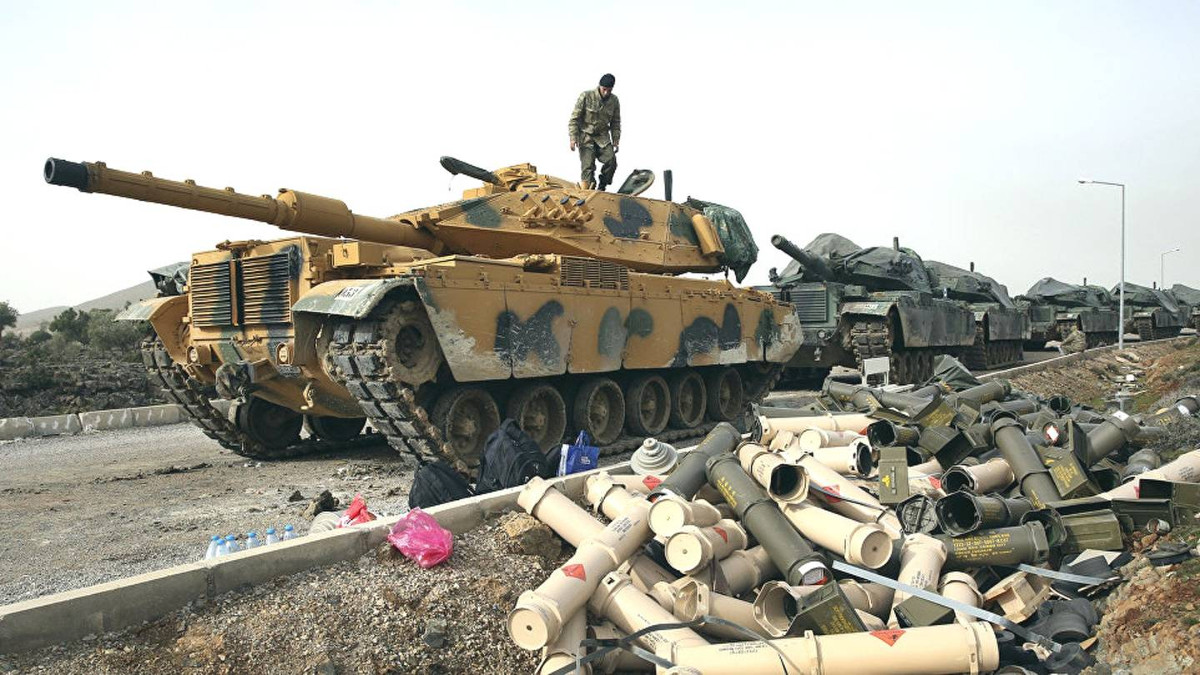
Will Israel act?
There is also a question of how Israel might factor into the campaign, even if only tangentially. As Assad has prepared to move into Idlib, Israel continues to rain missiles and bombs down on targets in Syria linked to Iran’s interests.
Just on Sept. 4, 2018, Israel reportedly struck Iranian-linked targets in Syria’s Hama and Tartous governorates. That same day, the Israel Defense Forces publicly acknowledged for the first time that they had carried out more than 200 strikes in Syria and fired more than 800 missiles and other artillery rounds into the country since 2017, according to The Jerusalem Post.
The Israeli government had been adamant that it cannot and will not allow Iran to further bolster its presence in Syria. In August 2018, private satellite imagery and geospatial intelligence company ImageSat International (iSi) released new evidence of Iranian-built ballistic missile infrastructure in Syria. iSi had first reported Iran was building these missile factories in Syria in August 2017.
It’s unclear how Israel’s continued strikes against Iran’s interests in Syria might impact Assad’s offensive into Idlib, which will surely rely at least in part on Iranian-backed militias. So far, Russian forces have declined to use its own integrated air defenses in Syria to try to protect the Syrian government’s or Iran’s interests from Israel’s strikes, though the Kremlin has actively helped Syria improve its own capabilities.
It’s also worth noting that Israel has launched strikes against Syrian regime targets, as well. These have notably included missions to destroy chemical weapons-related sites after attacks on civilians and it is possible Israeli forces could repeat those operations if the United States and its allies choose not to act in response to any chemical weapon use in Idlib.
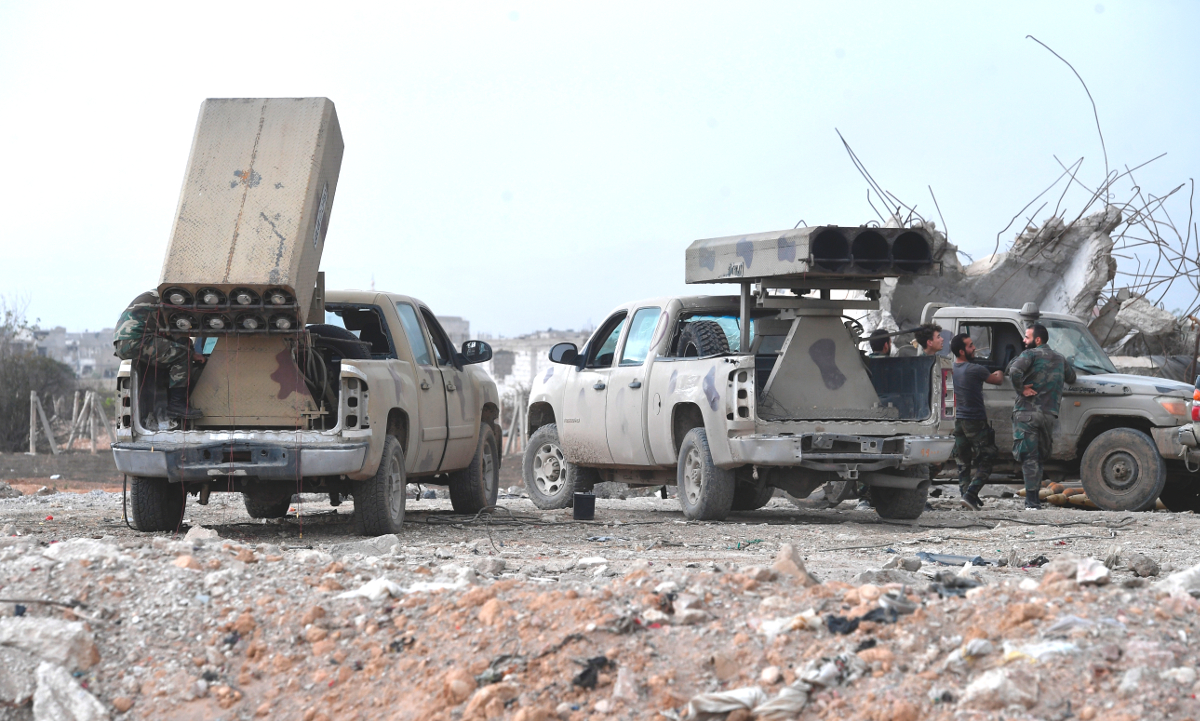
Regardless, Russia seems to view Assad’s reconquest of Idlib as inevitable and “it goes without saying that this problem [rebels in Idlib] must be straightened out,” Kremlin spokesperson Dmitry Peskov told reporters on Sept. 4, 2018. “Certainly, this leads to general destabilization of the situation [in Syria] and upsets the efforts to putting the situation on the track of political and diplomatic settlement.”
Unfortunately, the likelihood that the up-coming Syrian government push into Idlib will be a humanitarian disaster, together with U.S., Turkish, and Israeli opposition to Assad, his policies, and his various partners to differing degrees, it seems hard to see how the offensive will do anything to help stabilize the situation. Given everything we know now, the campaign could have a real chance of sparking off an even more volatile exchange.
Contact the author: Tyler@thedrive.com
